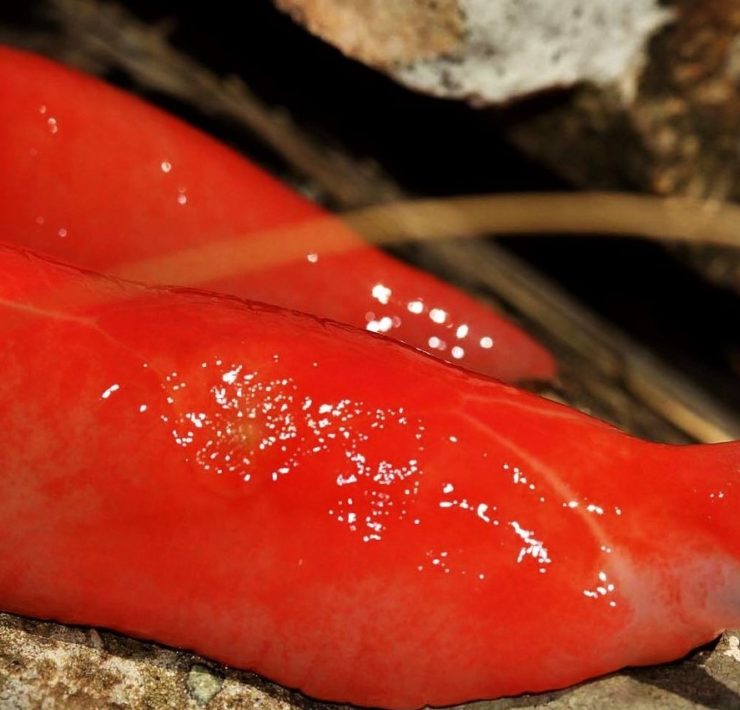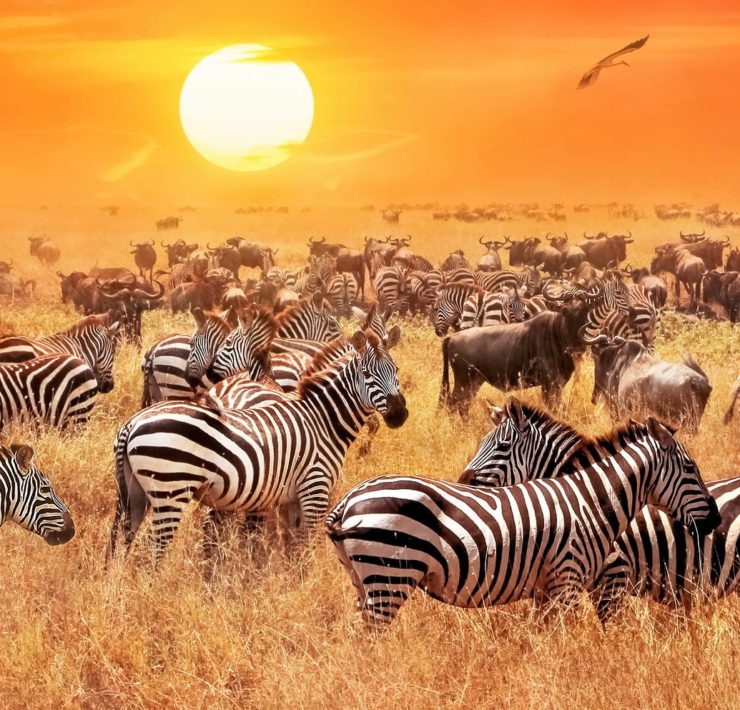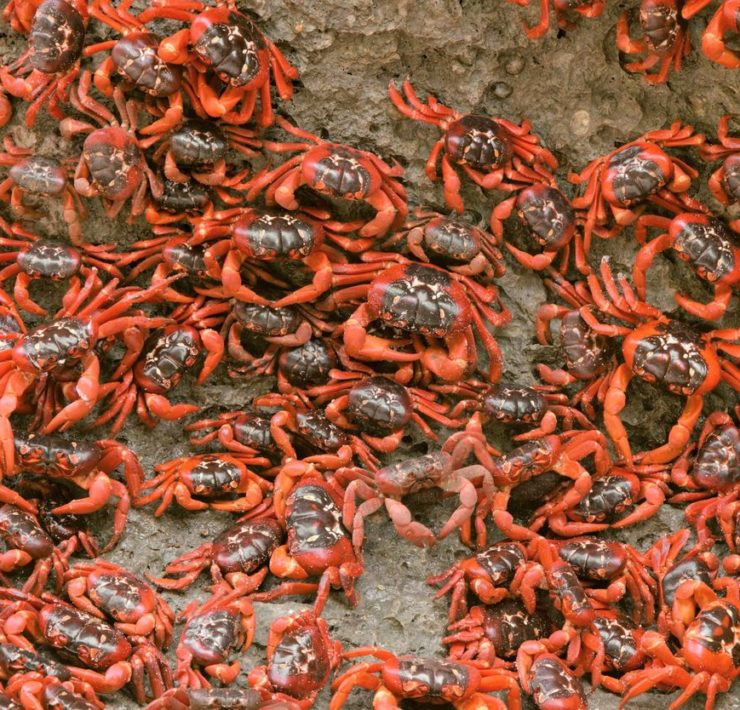Descended from the wild boar, Mangalitsa (also spelt as Mangalica and Mangalitza) is a rare breed of domestic pig. Their fat bodies wrapped in tight curls will baffle everyone and trick you into thinking that they are actually sheep. But, the truth is they are the tastiest and fattiest pigs in the world (having as much as 70% body fat) and having them on your plate will put on a lot of weight! Currently, they are the only pigs in the world with fleece like sheep.
Origin of Mangalitsa
The Mangalitsas hail from the highlands of Austria and Hungary circa in 1830. Archduke Joseph Anton Johann (who was the Palatine of Hungary from 1796 to 1847) crossbred the traditional Hungarian Szalontai and Bakonyi breeds with Serbian Sumadia pigs.
They were Hungary’s favorite until 1950 but their breeding was stopped when people became aware of their extreme level of body fat and how saturated fat is harmful for health. They were on the verge of extinction by the 1970s due to a push for lankier and faster growing pigs. But, a Hungarian breeder named Peter Toth revived them in the 1990s. He bought the last of them directly from the abattoirs after the fall of the Berlin Wall in 1989.
Today, more than 60,000 Mangalitsas are bred each year but they are still quite rare.
Varieties of Mangalitsa
There are three main varieties of Mangalitsa breeds but they differ only in colors – Red, Blonde, and Swallow-bellied. The color of the Blonde Mangalitsas is blonde. The gingered-colored Red ones are a crossing of Szalonta breed and Blonde Mangalitsa. The Swallow-bellied ones have a black body with blonde feet and belly, as they are the crossbred of the extinct Black Mangalitsa and the Blonde Mangalitsa.
Role of Mangalitsa Meat in Food Scenario
The meat of Mangalitsas looks luscious red, containing a light buttery flavor for the 50% of fat and resembling more to beef than pork. The primary product from their meat is sausage. The minced meat is seasoned with a variety of spices, pepper, sweet paprika, and salt. The sliced sausage is then eaten with pickled vegetables. Farmers also produce smoked hams and the lard – pure unprocessed fat – is making a steady comeback in many larders.
The tender and juicy pork has gained admirers in the United States in the past few years. A small group of Mangalitsa farmers has also emerged around the country. For its incredible texture and juiciness, Mangalitsa pork has made its way to the menus of many high-profile eateries, including The French Laundry and Blue Hill.
The production of Mangalistas is more expensive than other commercial breeds like Ibérico and Berkshire pigs. It takes almost a year for them, in comparison to the 6-month period for most of the commercial breeds, to grow to the killing weight (300 to 350 pounds) for meat production.
However, the strong and juicy meat have lured food lovers incessantly, hence the farmers are also growing interest in their production. They have also regained their popularity in Hungary, where a little Mangalitsa festival has become big enough to be moved to the city center.
When On Earth Magazine is for people who love travel. We provide informative travel guides, tips, ideas and advice regarding places to see, things to do, what to taste, and much more for world travelers seeking their next dream vacation destination.





